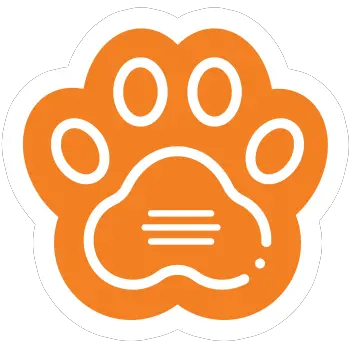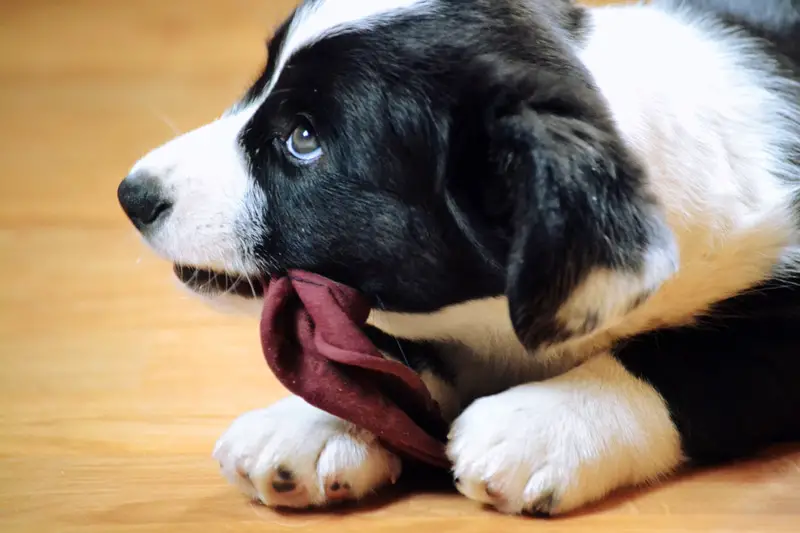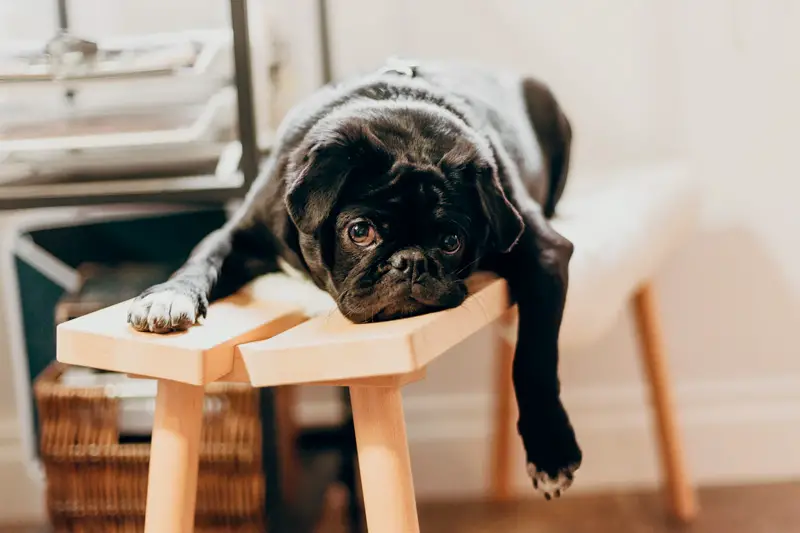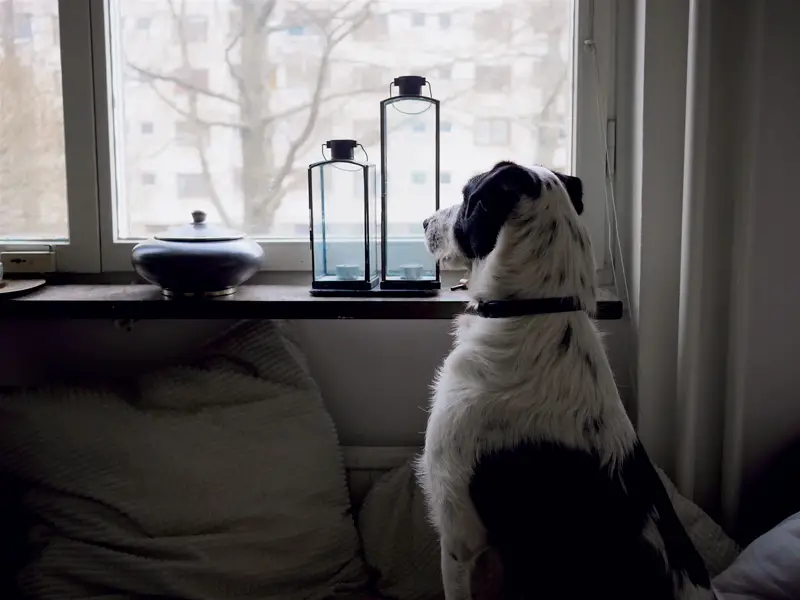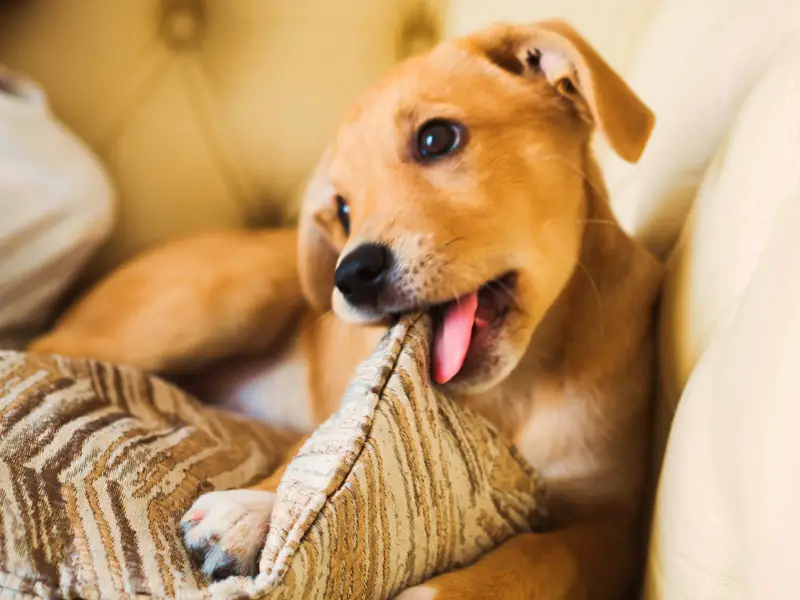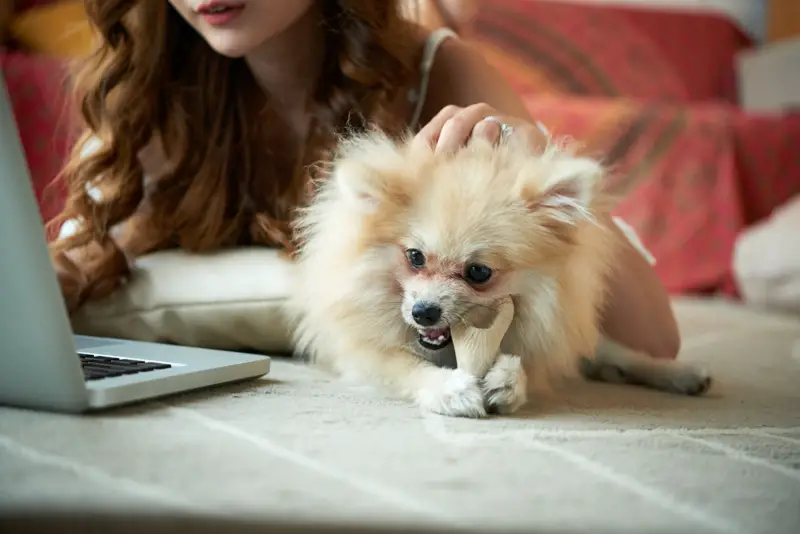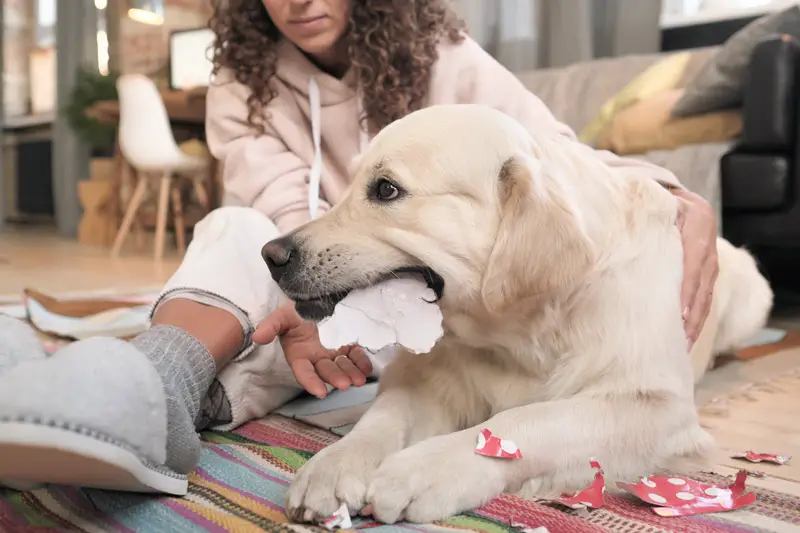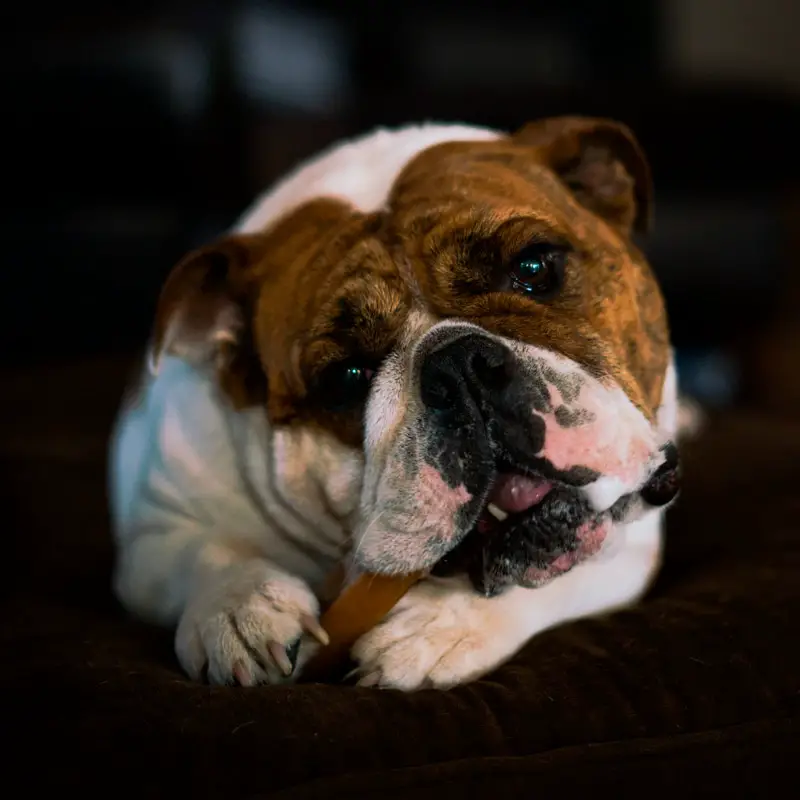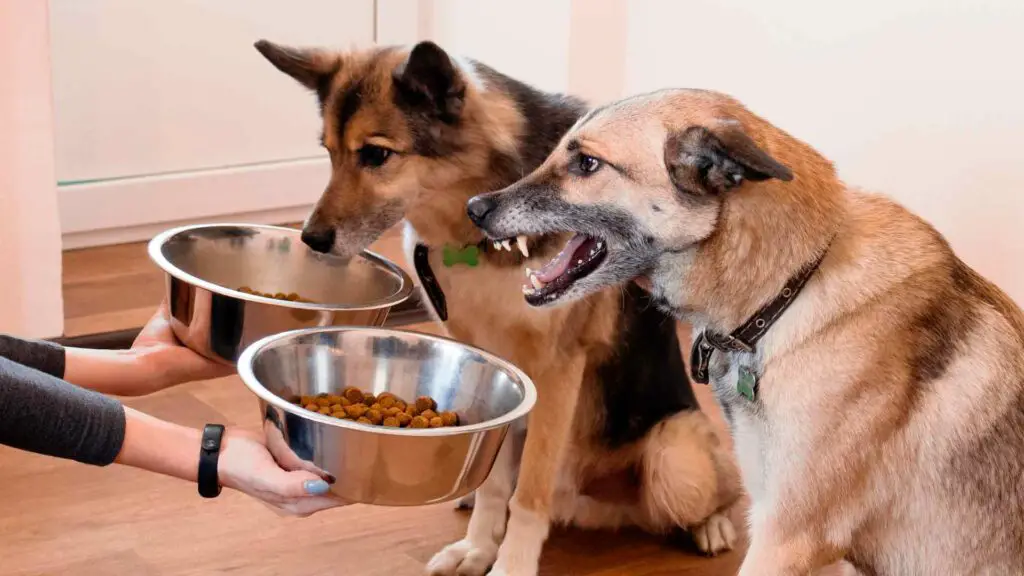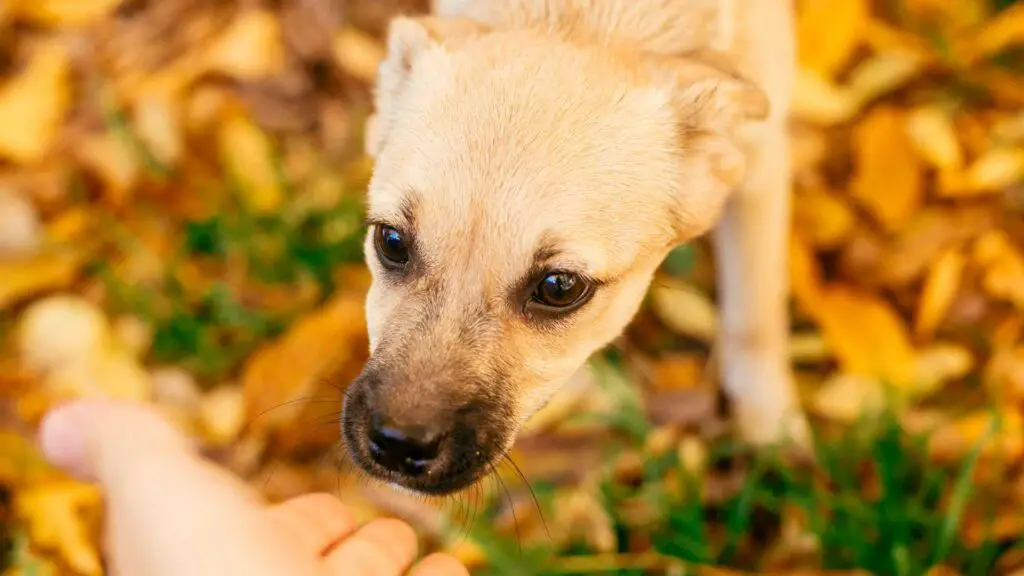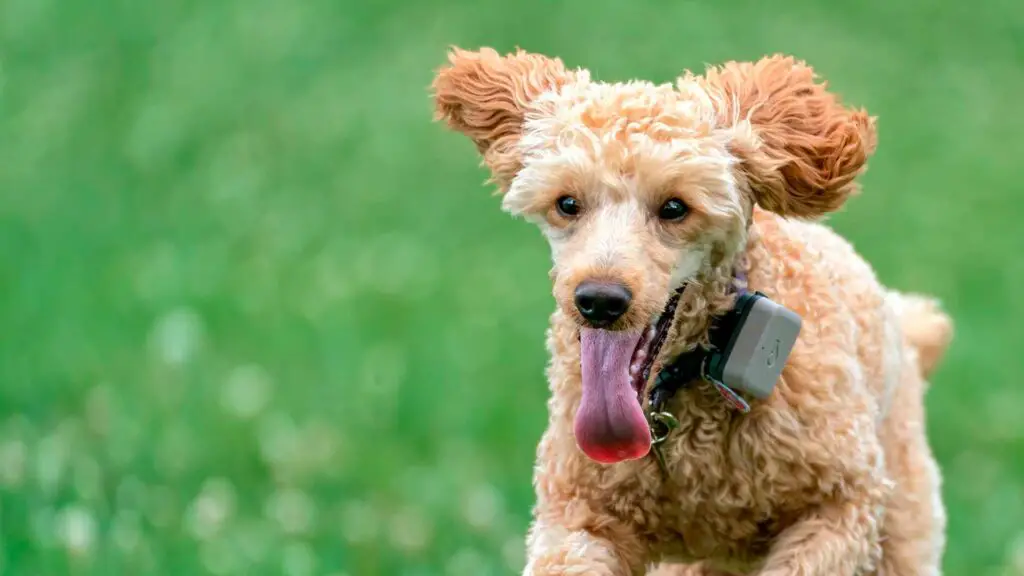If you have a dog, or a puppy (especially a puppy), you’ve probably experienced this:
You come home—after a long, soul-crushing day at work—you open the door, step inside and realize something is wrong…
Everything’s quiet, too quiet. You know something bad happened; You’re scared to find out; still, you close your eyes, take a deep breath, gather some courage, and walk into the living room. And there it is…
It’s what you feared the most. Lying in the middle of your living room, you see your brand new, favorite running shoes—the ones you liked so much you were doubting to use for running—now ruined beyond repair. You notice they were victims of a painstaking chewing session. And the culprit’s nowhere to be found.
Shortly after, you pick up on two big, round eyes staring at you from under the dining table—along with a wagging tail. Your furry friend looks at you with that “wasn’t me,” guilty look, and then it hits you, “I can’t be mad at you.” But you realize it’s time to do something about it.
Dealing with inappropriate chewing habits can be challenging. You must figure out the root cause of your dog’s chewing before trying to tackle it. This will help you choose the right approach for your dog.
Luckily, in this guide, you’ll learn about the main causes of destructive chewing and the different ways to get rid of it. Let’s jump right in.

